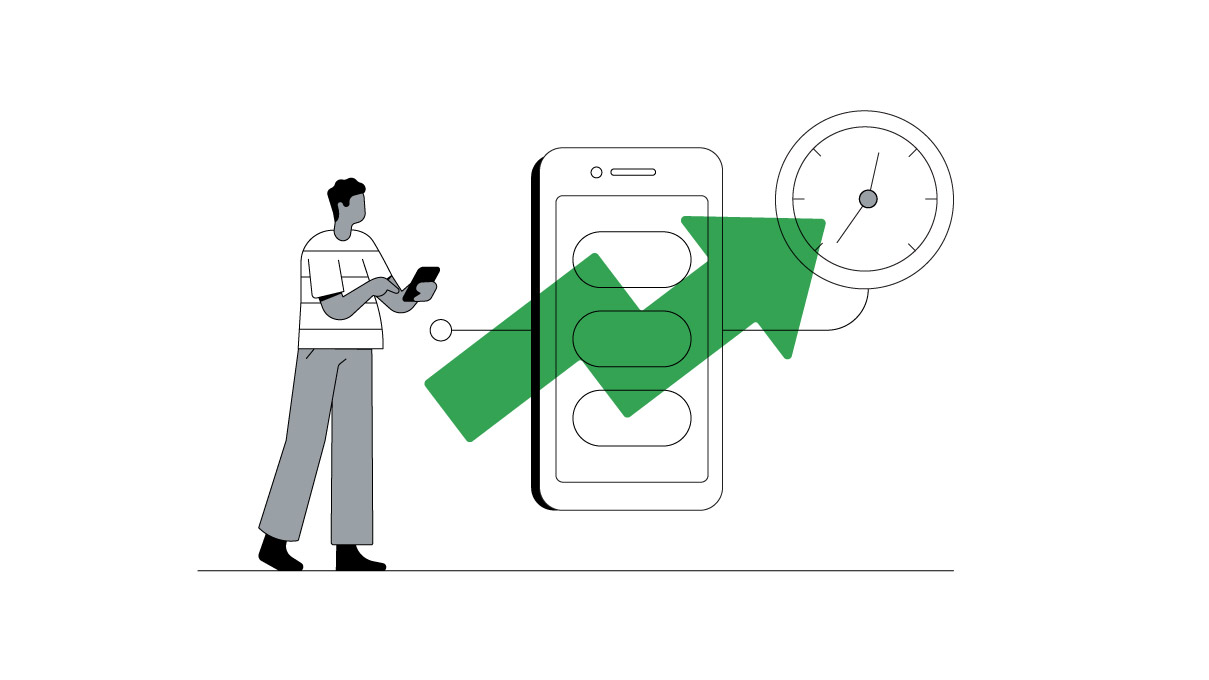The most-watched YouTube ads of 2016 lend a few lessons. Here, Kate Stanford, director of YouTube ads marketing, shares what the best advertisers on YouTube did to go the extra mile and top the Year-End YouTube Ads Leaderboard. Consider these food for thought for your 2017 resolutions.
This year, for the first time ever, I stuck to my New Year's resolution. I joined the Mark Zuckerberg challenge, setting out to run 365 miles—one mile a day—in 2016. I hit my goal at the end of last week, which means this week, I've literally been logging "extra miles." It may sound cliché, but that got me thinking about what an "extra mile" actually looks like for the advertisers we work with on YouTube. And then I saw the Year-End YouTube Ads Leaderboard this week, and I got my answer.
The Year-End YouTube Ads Leaderboard celebrates the top 10 most-watched, most-engaged-with, and most-loved ads of the year globally. It's a reflection of the brands that go the extra mile on YouTube. Below, I'll outline four New Year's resolutions for marketers, inspired by the best ads on YouTube this year.
Resolution #1: In 2017, don't just join the cultural conversation on YouTube. Add to it.
When the now famous "Puppymonkeybaby" ad launched in February, The New York Times wrote, "The ad, created by BBDO New York, was intended to promote Kickstart, a beverage combining Mountain Dew, fruit juice and caffeine. Like Kickstart, a Puppymonkeybaby, evidently, also combines three things people love." In other words, the Puppymonkeybaby creature literally exists as a composite of "things people love" online: puppies, monkeys, and babies.
Like the Puppymonkeybaby, the Year-End YouTube Ads Leaderboard is, in some ways, a composite of the things people love. The most successful ads on YouTube reflect the most dominant cultural trends on YouTube.
In the case of Puppymonkeybaby, the audience's retention was a great marker of the audience's attention.
Take the trend toward empowerment. As YouTube's CEO Susan Wojcicki wrote back in May, YouTube viewers "are hungry for creative that empowers, rather than objectifies." Look at the empowering ads on our Year-End Ads Leaderboard: Always encourages girls to "Keep Playing," and Pokémon has children all over the world saying, "I can do that." When brands like Always and Pokémon successfully add to the conversation around empowerment that's already happening on YouTube, they're rewarded. Empowering ads like these are two-and-a-half times less likely to be skipped and 80% more likely to be shared than other ads.
So, how do you know which trend is right for your brand? Google Trends can help you spot the difference between a flash-in-the-pan trend on YouTube (like the "Running Man Challenge") vs. a longer-term trend (like "how to dance" videos). But don't stop at joining the conversation; add to it. If creative tied to culture wins every time, how will you add to the conversation in 2017?
Resolution #2: In 2017, measure for attention—whether you're running 6s or 60s.
Adding a Puppymonkeybaby to the Super Bowl conversation paid off for Mountain Dew. Incredibly, the brand achieved a retention rate of over 100% on YouTube. That means they didn't just retain viewers; they had people watching, on average, more than 100% of their 32-second ad—actually going back to watch their favorite parts again and again. In the case of Puppymonkeybaby, the audience's retention was a great marker of the audience's attention.
Whether you're running six-second or six-minute video ads, make sure you're measuring how attentive your audience is.
Retention is a close cousin of watch time, another great way to measure attention. Our latest research shows the value of watch time for brands: The more people watch, the greater the lifts in brand metrics like awareness and consideration. Perhaps unsurprisingly, the three longest ads on the Year-End YouTube Ads Leaderboard also scored some of the longest watch times. Combined, they earned more than seven centuries' worth of watch time.
Whether you're running a six-second or six-minute video ad (like Nike Football's "The Switch" on the Leaderboard), make sure you're measuring how attentive your audience is. In an age when two-thirds of TV viewers pick up another device during an ad break, take advantage of online metrics that let you measure your audience's attention.
Resolution #3: In 2017, spend more time on mobile. Your consumers already do.
If it's attention you're after, our research shows small screens don't equate to small attention spans. For example, on YouTube's mobile app, attention to paid advertising is 84% higher than advertising on TV. When you look at the Year-End YouTube Ads Leaderboard, about two-thirds of the views of these 10 ads came from mobile. For top advertisers and their consumers, mobile isn't a moment in time; it's the majority of the time.
Even the Super Bowl ad race is moving from 40-inch screens to 4-inch screens. When you look only at the five Super Bowl ads on Year-End Leaderboard, the percentage of watch time that came from mobile devices is over 80%, with more than 200 million combined mobile views. The total audience for the Super Bowl on television this year was about 112 million. It's time for marketers to commit their attention to mobile; consumers already do.
Resolution #4: In 2017, fact-check your instinct on where to find your audience.
Most advertisers agree it's table stakes to include online video in a media plan meant to reach "teens and millennials." However, by equating online video with younger audiences, you may be missing out on the wide range of demographics spending more and more time on YouTube. From 2015 to 2016, time spent on YouTube grew among young people, true, but it actually grew even faster among older age groups: 40% faster among adults 35+ and 80% faster among adults 55+ vs.18+ adults more generally, according to recent research from Nielsen.
We see this trend reflected in the Year-End YouTube Ads Leaderboard, too. Last year, the largest percentage of watch time of the top ads came from the 18- to 24-year-old crowd. This year, the most watch time by far came from 25- to 34-year-olds. Online video isn't just a tool for reaching young people; it's a tool for reaching all people.
One thing I've learned is that setting too many resolutions is a recipe for failure. I've given you four to choose from, but I still say this: Pick one. What's one question you can ask yourself as you review every media plan; one goal against which you can check all creative; one metric you'll always have in mind when you consider performance across your campaigns?
Write it on a piece of paper and pin it next to your desk, like my piece of paper next to my treadmill. Every mile you log against that goal will take you that much closer to the extra mile that lands you on the Year-End YouTube Ads Leaderboard.
All 2016 Year-End YouTube Ads Leaderboard watch time metrics are from YouTube Data, Global, Jan. 1 – Nov. 15.







